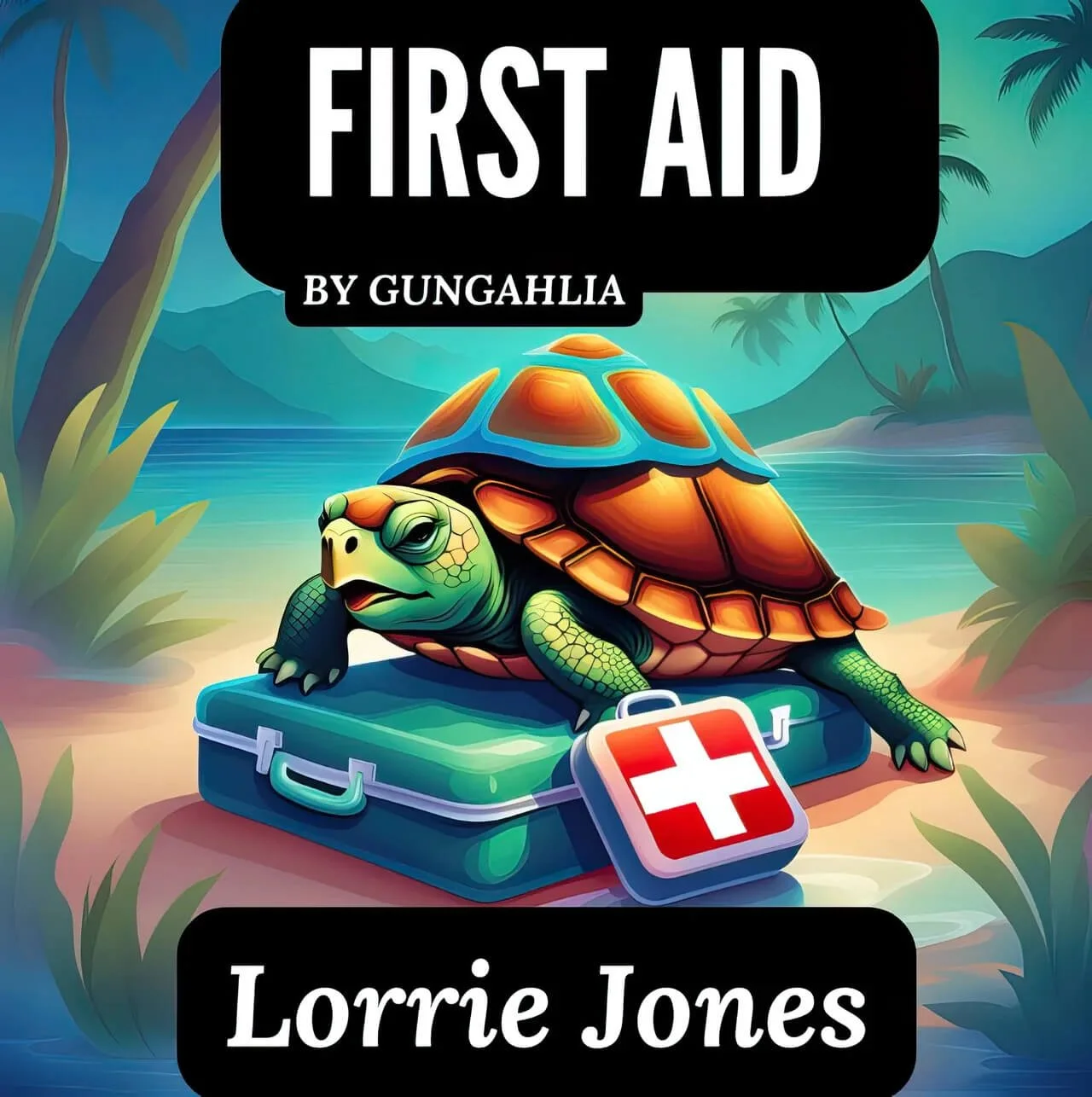Valuable Tips to Keep Your First Aid Kit in Order
Valuable Tips to Keep Your First Aid Kit in Order
Emergencies are unpredictable, and having a well-organised first aid kit can make a significant difference in critical situations. Whether you need to treat a minor cut, manage a sprain, or address more serious injuries, your first aid kit should always be ready for action. Here are some essential tips to ensure your first aid kit is always in order and prepared for emergencies.
1. Choose the Right First Aid Kit
Before diving into the organisation, start by selecting a first aid kit that meets your needs:
Pre-packaged kits: Ideal for general use, containing a mix of essential supplies.
Customised kits are perfect for tailoring items to specific needs like hiking, childcare, or workplace safety.
Durable and waterproof cases: Ensure the container can withstand wear and tear, especially if stored in vehicles or outdoors.
2. Keep Essentials Easily Accessible
Organising your kit effectively means prioritising frequently used items. Place these in a small resealable bag (like a sandwich bag) for easy access:
Bandages of various sizes are available for significant wounds, from minor cuts to more specialised bandages, such as waterproof or haemostatic dressings.
Antiseptic wipes or cream
Disposable gloves for safe wound care
Sterile gauze pads for dressing more extensive wounds
This setup saves time in emergencies and keeps essential items free from clutter.
3. Add High-Quality Tools
Some items are better replaced with higher-quality alternatives:
Metal tweezers: Essential for removing splinters, glass shards, or ticks. Plastic tweezers often break or fail to grip small objects properly.
Sharp scissors: Useful for cutting bandages or clothing.
Digital thermometer: More reliable and hygienic than glass or mercury alternatives.
4. Include Specialty Items
Adapt your kit based on your location, activities, and risks:
Snakebite bandages: A must-have in regions with venomous snakes.
Cold packs: Great for reducing swelling or treating sprains.
Burn gel: Useful for minor burns or scalds.
CPR mask: For performing safe and effective rescue breaths.
Medications: Include antihistamines, pain relief tablets, and personal prescriptions (if applicable).
5. Regular Maintenance is Key
Keeping your kit ready requires routine checks. Schedule maintenance every 3-6 months:
Check expiration dates: Replace expired medications, ointments, and sterile items.
Replenish supplies: Restock items that are running low or have been used.
Inspect tools: Ensure scissors, tweezers, and thermometers are in working condition.
6. Label and Organise
An organised kit saves time and prevents confusion during emergencies. Use dividers, small pouches, or colour-coded labels to separate items:
Wound care: Bandages, antiseptics, gloves.
Medications: Painkillers, allergy tablets, personal prescriptions.
Tools: Tweezers, scissors, thermometers.
Specialty items: Burn gel, cold packs, CPR masks.
Labelling sections help everyone, including less experienced users, locate items quickly.
7. Create a Portable Mini-Kit
For day-to-day needs, consider assembling a compact version of your first aid kit:
Include band-aids, antiseptic wipes, gloves, and pain relief tablets.
Use a small zippered pouch or tin for easy portability in your bag or car.
This ensures you are caught unprepared, even during casual outings.
8. Tailor Your Kit to Your Audience
Your first aid kit? Customise it accordingly:
Families with children: Add child-safe pain relievers, adhesive bandages with fun designs, and baby-specific items like teething gels.
Outdoor enthusiasts: Include blister pads, insect repellents, and water purification tablets.
Workplace settings: Focus on OSHA-compliant supplies, burn treatments, and items for managing workplace-specific hazards.
9. Store it Smartly
The location of your first aid kit matters. Choose a spot that is:
Easy to access: Keep it in a central and visible location at home or work.
Protected from damage: Avoid areas prone to moisture, heat, or pests.
Consistent: Ensure everyone in the household or workplace knows where it is stored.
10. Keep Emergency Information Handy
Inside your first aid kit, include:
Emergency contact numbers
First aid instructions or quick reference cards
Details of allergies, medical conditions, or prescriptions for family members or team members
These can be lifesaving in high-pressure situations when medical professionals need quick access to critical information.
11. Consider Training
Even the best-stocked first aid kit is useless without the knowledge to use it. Invest in a basic or advanced first aid course to build confidence in handling emergencies effectively.
Final Thoughts
A first aid kit is more than just a box of supplies—it's a tool that empowers you to act confidently in emergencies. By keeping it well-stocked, organised, and tailored to your needs, you can be ready to assist when it matters most. Review your kit regularly, upgrade your tools, and educate yourself on first aid techniques to maximise this vital resource.
Book a course with us at www.gungahlia.com.au. You will have fun, too, and you have my permission to groan at Peter's dad jokes during the day. Also, ask Peter if he gave you one of the CPR key rings I bought for you when we taught at our home business.
Take care and be safe.
:-) Lorrie

